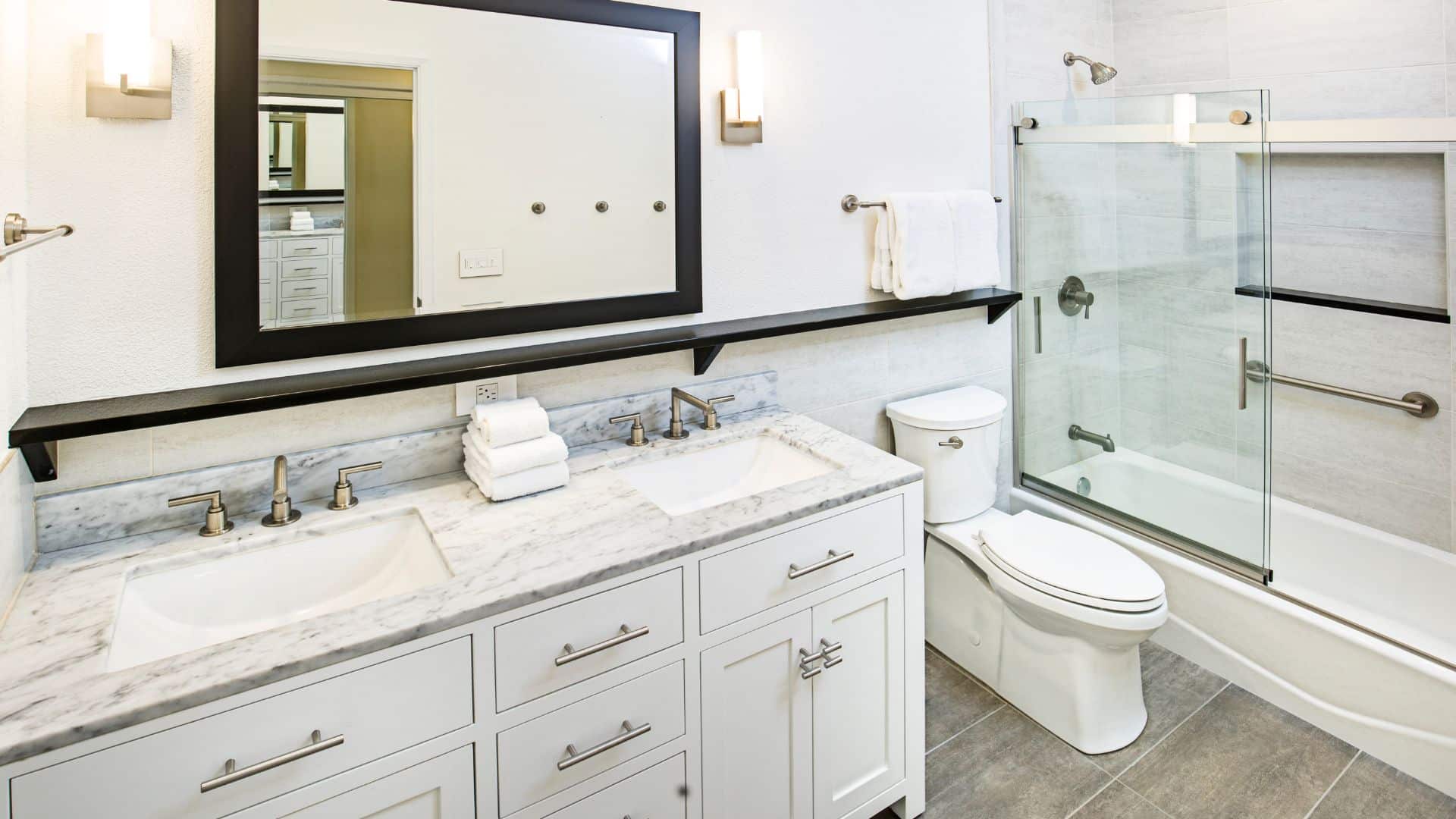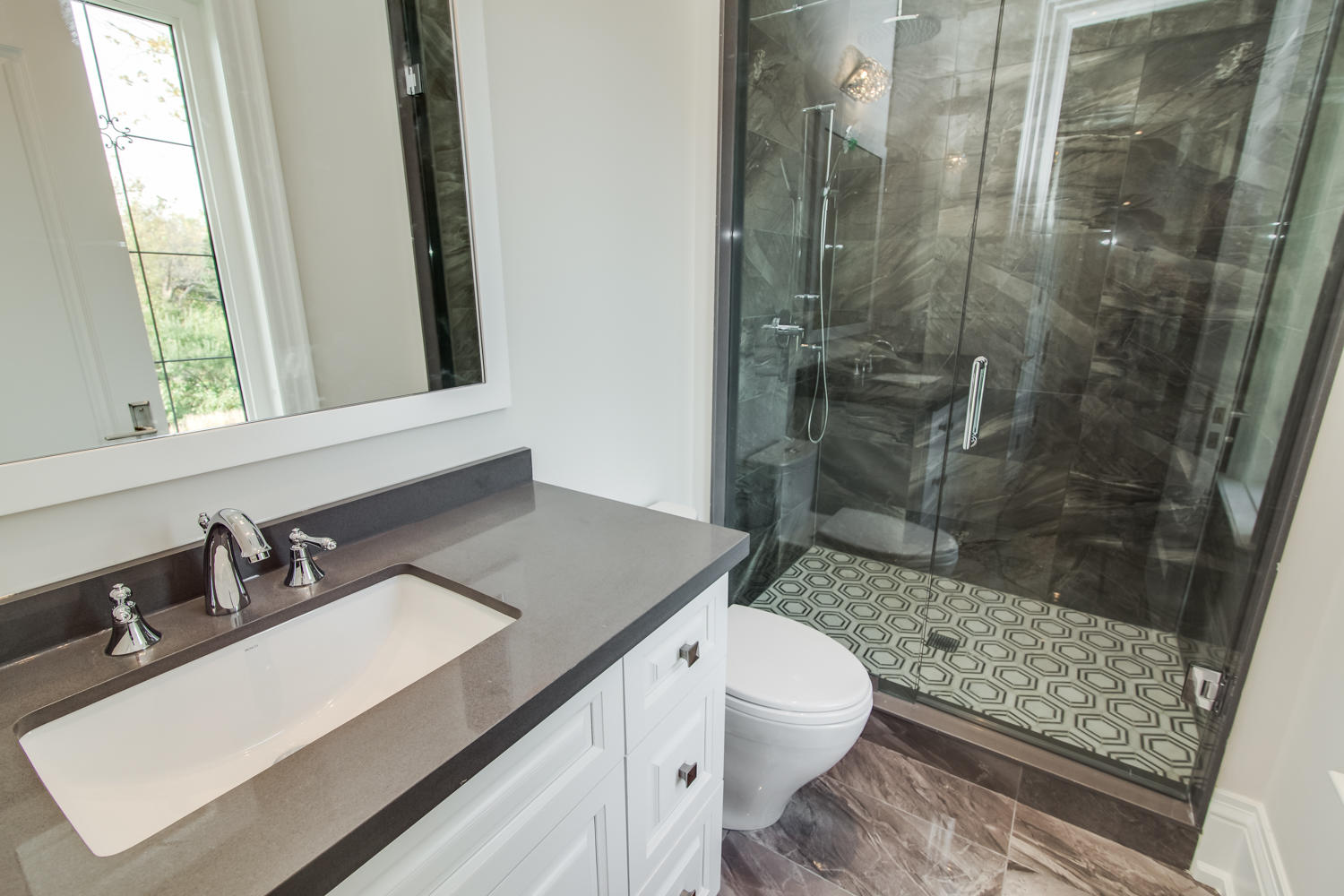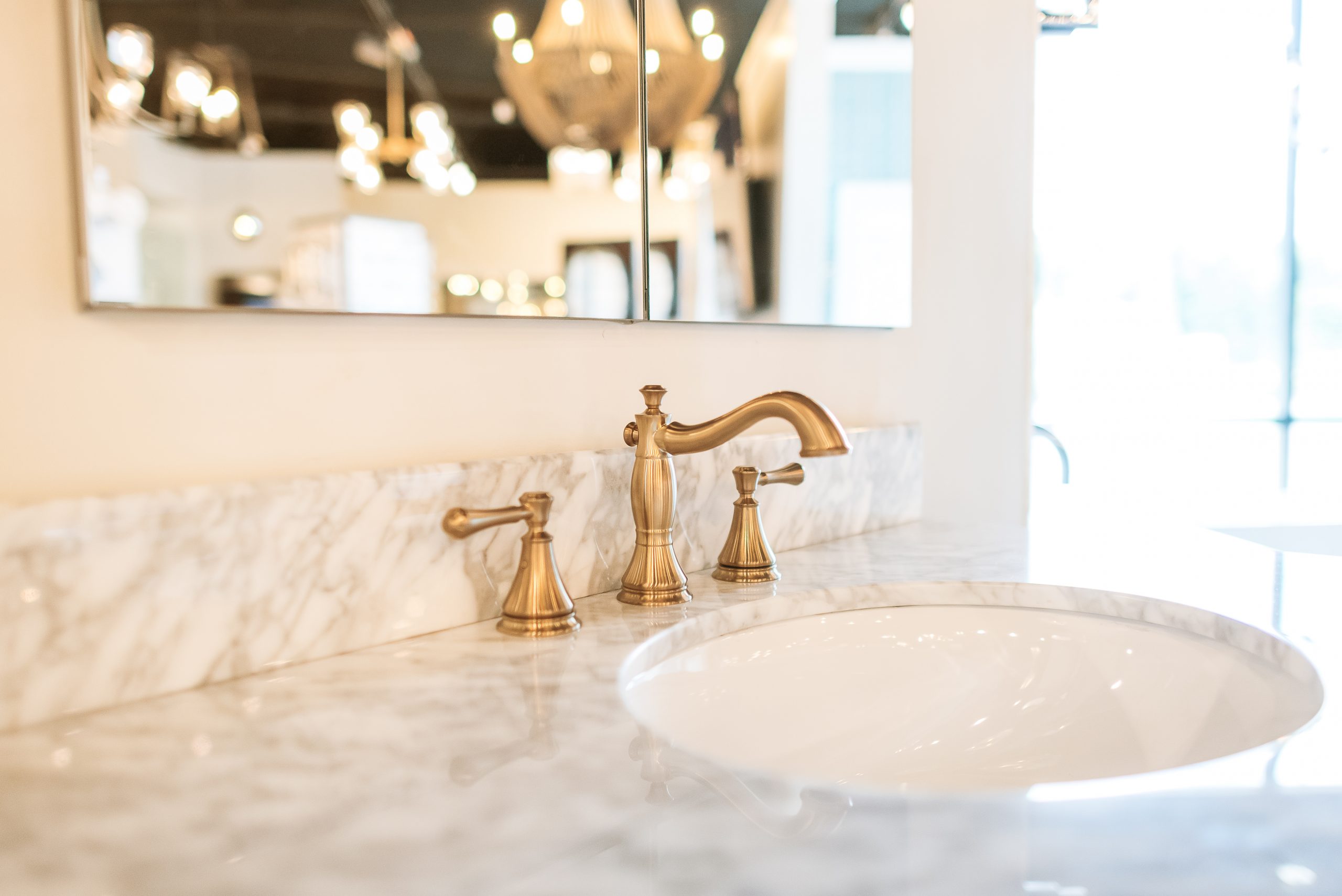Aesthetic Considerations

Matching bathroom fixtures can significantly impact the overall design cohesion of your bathroom. A unified look can create a sense of harmony and sophistication, while mismatched fixtures can result in a chaotic and disjointed aesthetic.
Impact of Matching Fixtures on Design Cohesion
Matching fixtures in a bathroom can contribute to a cohesive design by creating a sense of unity and visual flow. When all the elements, such as faucets, towel bars, and showerheads, share a similar style, colour, and finish, the bathroom feels more balanced and intentional. This consistency can create a calming and luxurious atmosphere.
Examples of How Matching Fixtures Enhance Visual Appeal
- A bathroom with chrome fixtures throughout, including the faucets, showerhead, towel bars, and cabinet hardware, will exude a sleek and modern feel. The uniformity of the chrome finish creates a clean and polished look.
- A bathroom with brushed nickel fixtures, paired with white subway tiles and a natural wood vanity, will achieve a contemporary farmhouse style. The warm tones of the brushed nickel complement the natural elements of the space.
- A bathroom with black matte fixtures, combined with dark grey tiles and black accents, will create a dramatic and sophisticated ambiance. The dark and moody colour palette adds a touch of luxury and intrigue.
Effect of Mismatched Fixtures on Bathroom Aesthetics
Mismatched bathroom fixtures can disrupt the visual harmony of a bathroom. When different styles, colours, and finishes are mixed, the bathroom can feel cluttered and lacking a clear design direction. For example, a bathroom with a chrome faucet, a brushed nickel showerhead, and brass towel bars might appear haphazard and lacking a cohesive aesthetic.
Role of Colour, Style, and Material in Achieving a Cohesive Look
- Colour: Choosing a consistent colour palette for your bathroom fixtures is crucial for achieving a cohesive look. This could involve using the same colour for all fixtures, or selecting colours that complement each other within a specific colour scheme. For example, a bathroom with chrome fixtures could be paired with white or grey tiles and a light wood vanity, creating a clean and modern aesthetic.
- Style: The style of your bathroom fixtures should be consistent with the overall design aesthetic of the bathroom. For example, a traditional bathroom might feature ornate fixtures with decorative details, while a contemporary bathroom might feature sleek and minimalist fixtures.
- Material: The material of your bathroom fixtures can also impact the overall look and feel of the space. For example, chrome fixtures exude a modern and sleek feel, while brushed nickel fixtures offer a warmer and more traditional aesthetic.
Design a Bathroom Layout Using Contrasting Fixtures to Create a Bold Statement
A bathroom layout using contrasting fixtures can create a bold and unexpected statement. This approach can be particularly effective in a contemporary or eclectic bathroom design. For example, a bathroom with a black matte faucet and showerhead could be paired with brass towel bars and cabinet hardware. This contrast in finishes creates a dramatic and eye-catching focal point, adding a touch of sophistication and personality to the space.
Functionality and Practicality

Matching bathroom fixtures can contribute to a more functional and practical bathroom space. By choosing fixtures that complement each other, you can create a cohesive design that enhances the overall usability and maintenance of your bathroom.
Ease of Maintenance and Repair
Matching fixtures can simplify the process of maintaining and repairing your bathroom. When all fixtures are from the same brand or collection, they are likely to have compatible parts and finishes. This makes it easier to find replacement parts and ensures that repairs can be completed seamlessly. Imagine having to source different types of showerheads, faucets, and towel bars from various brands, only to find out that their parts are not compatible. This could lead to frustration, delays, and potentially higher costs.
Potential Drawbacks of Mismatched Fixtures, Should all bathroom fixtures match
While mismatched fixtures can create a unique and eclectic look, they can also present challenges in terms of functionality and practicality. For example, if you have a modern faucet with a traditional showerhead, the styles may clash, creating an aesthetically jarring effect. Additionally, mismatched fixtures might require different types of cleaning products and maintenance routines, making it more difficult to keep your bathroom looking its best.
Considering the Specific Needs of the Bathroom
When choosing bathroom fixtures, it’s crucial to consider the specific needs of the space. For example, a small bathroom might benefit from compact fixtures that maximize space. A family bathroom, on the other hand, might require larger fixtures and additional features to accommodate multiple users. By carefully considering the size, layout, and intended use of the bathroom, you can select fixtures that enhance functionality and meet the specific needs of the space.
Functionality of Different Types of Bathroom Fixtures
Different types of bathroom fixtures offer distinct functionalities. For instance, a single-lever faucet is easier to operate than a two-handle faucet, especially for people with limited mobility. Similarly, a rainfall showerhead provides a more immersive showering experience than a standard showerhead. Choosing fixtures that offer the desired functionality can significantly enhance the overall user experience.
Mismatched Fixtures Hinder Functionality
Mismatched fixtures can sometimes hinder the overall functionality of a bathroom. For instance, if you have a large, modern bathtub with a small, traditional faucet, the size discrepancy might create an imbalance in the design and functionality. Additionally, mismatched fixtures can make it challenging to maintain a consistent aesthetic, potentially leading to a disjointed and less appealing bathroom space.
Cost and Budget Considerations: Should All Bathroom Fixtures Match

Let’s get real, the cost of bathroom fixtures can be a right pain in the neck, especially if you’re on a tight budget. But don’t worry, we’re gonna break down the costs and help you make some savvy decisions.
Cost Differences Between Matching and Mismatched Fixtures
Matching fixtures, where everything from the taps to the showerhead is in the same style, can be more expensive. This is because you’re essentially buying a set, and sets often come with a premium. Mismatched fixtures, on the other hand, give you more flexibility to mix and match different styles and brands, which can often work out cheaper.
Potential Savings Associated with Purchasing Fixtures as a Set
Buying a set of matching fixtures can sometimes save you some dosh. Suppliers often offer discounts for buying a set, and you might also avoid the hassle of trying to find matching pieces from different brands. But remember, this isn’t always the case. Sometimes you might find a better deal on individual pieces, especially if you’re willing to shop around.
Factors That Can Influence the Cost of Bathroom Fixtures
The cost of bathroom fixtures can vary depending on a few key factors. Here’s the lowdown:
* Brand: Big-name brands often come with a heftier price tag, but they might offer better quality and a longer warranty.
* Material: Materials like brass, chrome, and ceramic can impact the cost. Brass is generally more expensive than chrome, and some fancy ceramics can be pricey.
* Style: Unique or bespoke styles can be more expensive than standard designs.
* Size: Larger fixtures, like oversized showerheads or bathtubs, can cost more.
Cost Comparison Table
To give you a better idea of the cost differences, here’s a table comparing the cost of matching and mismatched fixtures across different price ranges:
| Price Range | Matching Fixtures | Mismatched Fixtures | Budget | £100-£200 | £50-£150 | Mid-Range | £200-£500 | £100-£300 | Premium | £500+ | £300+ |
|---|
Budgeting for a Bathroom with Functionality and Cost in Mind
If you’re on a budget, prioritize functionality over aesthetics. You can still have a stylish bathroom without breaking the bank. Here’s a budget example:
* Toilet: £100-£150 (budget-friendly model with basic features)
* Sink: £50-£100 (simple, durable design)
* Taps: £50-£100 (choose a functional style that matches your sink)
* Shower: £100-£200 (consider a budget-friendly showerhead with good water pressure)
* Bath: £200-£300 (if you need a bath, choose a basic model with a good warranty)
You can mix and match different fixtures to create a unique look without going overboard. Remember, it’s all about finding a balance between style and budget.
